
How to Choose a Tech Stack for a Startup



Did you know that 90% of startups fail even in the early stages, and 6% of them fail because of improper startup technology stack? Enthusiasts describe an idea, propose it to sponsors, and seek support.
While the project exists only on paper, there are usually no problems, but at the first implementation steps, the first warning beacons appear. To release a product to the audience, startups need a reliable platform that attracts customers with functionality and support for up-to-date devices.
Poor stack selection becomes a kind of anchor that holds the new business or even drags it to the bottom. Incorrectly calculated power requirements for equipment, frameworks, servers, and services can ruin even the most promising startup.
Therefore, it is better to immediately determine the vector of development of the future product and hire appropriate developers to implement it.
GloriumTech experts analyzed the available technologies of the IT market and found out which of them are best suited for startups to create the first IT solutions.
In this article, you will learn how the choice of a tech stack affects the viability of a product, what is needed for an MVP, how to choose the optimal set before starting a project, and how to choose a tech stack for a startup.
Content
The concept of “technological stack” includes:
Usually, they determine a platform’s features, such as its ability to scale, update, and modernize. If the existing set of technical elements does not cope with the task, or load is too high, or malfunctions appear, it is necessary to change to a more suitable one.
As a rule, changing the selected stack during operation is very resource-intensive and rarely pays off. That’s why we recommend that you decide on it in advance and implement a suitable option.
It is difficult to classify each element of the stack separately, so let’s use the standard definitions of the developers:
It is a basic guideline when choosing a startup technology stack. Based on the specific requirements for the software functions, the necessary components for developing a final product are selected from this set.
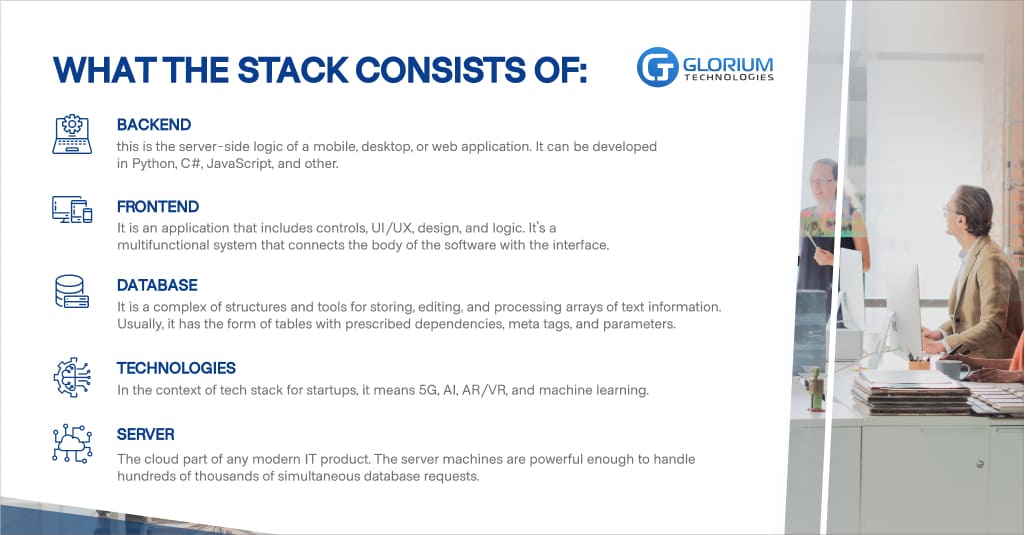
When choosing the optimal stack, many people make the same mistake: they do not calculate the opportunities of the business, team, and competitors. Getting a product to market is always connected with risks and challenges. We have identified 3 main conditions to decide on components for future software.
The more popular and widespread the technology, the cheaper it will be to find specialists for a team. The competition among developers, for example, Vue.js or React.js, is so tough that sometimes experts take orders with the average rate in the market.
As a rule, it applies to designers and backend professionals too. If you focus on a specific stack and old technologies, frameworks, and platforms, then finding a specialist will cost you a pretty penny because due to the lack of qualified personnel, the prices for their services are prohibitively high.
The sooner you release your product, the faster you will profit and stay ahead of the competition in your target niche. Delays are unacceptable here. That’s why you should pay attention to the promoted free frameworks and programming languages. Well-known technologies, as a rule, are popular among both famous developers and amateurs.
Common frameworks, programming languages, and database platforms have additional documentation, instructions, FAQs, and custom extensions. If problems arise during development, it is faster and easier to solve them by checking out forums. For Angular.js or Node.js, there are tons of communities with active users ready to help a stuck developer at any time.
Also, their libraries are constantly being supplemented and overgrown with new details, which makes it easier to work with them.
When launching a product, focus on a larger number of users from the start. An incorrectly chosen stack may not cope with a crowd of clients, so the server will go to rest, offering the potential audience a critical error instead of goods or services. When choosing a technology stack, look for solutions that handle heavy workloads while delivering optimal performance and data download speeds.
Money, time, and scaling are 3 essential characteristics for developing an IT product for a startup. They affect how soon MVP (Minimum Viable Product) or even the final version of the software will be released.
After developing the first MVP, it can take months before a full release. The longer development takes, the more you lag behind competitors and the more difficult it will be to keep your product in the niche. To remain relevant, introduce updates in portions as the modules and services are ready. The main goal is to support the life and competitiveness of the IT solution.
Also, don’t forget about security updates during development and after release. Leaking the customer base by hackers will cost a lot for reputation and litigation costs.

If you think that tech giants like Facebook or SpaceX only use expensive and advanced stacks, you are greatly mistaken.
The list did not include companies with their own developments, such as Microsoft, Apple, Amazon, and Intel. The fact is that most large companies cannot afford to develop new tools, databases, and platforms. But what about small startups? Of course, there are IT products created by enthusiasts and promoted by crowdfunding, but we will talk about them individually.
Let’s take a look at some really great stack elements for building your first IT startup product. The priority is MVP, revision, scaling, and a modest budget. Are there universal solutions, or is it still worth choosing manually?
Traditionally, we start with a hidden part of any web, desktop, or mobile solution, i.e., the software base containing the code, a complex communication system, and integration with third-party services and platforms. There are many programming languages for backend, but the most popular ones stand out:
As you can see, all the languages described are great for building a tech stack for startups. Choose a database thoughtfully because you will have to pay big money if you need to transfer it to another platform. Focus on your business niche and needs for scaling, updates, security, and integration with third-party services.
The face of the product is the brand’s business card. Usually, frameworks and graphic libraries with UI/UX design add-ons are responsible for it. They also affect the cross-platform solution and the speed of content processing.
Nowadays, frames with rendering on the server-side are actively used, which makes software lighter and reduces the load on devices. Let’s take a look at the most popular frameworks for designing applications:
All 3 frameworks are at their peak of popularity right now. Most developers do not limit themselves to just one solution, studying each of them simultaneously. Thanks to this, you can easily find a skilled developer starting from the Junior+ level.
Information needs to be stored somewhere, preferably in an orderly way. Here databases come to the rescue, divided into 2 subspecies: SQL and NoSQL. Consider both using the example of popular solutions:
Cloud is a place where the body of a web application, database, and content are stored. Usually, it means purchasing servers protected from hacking and overloads.
Examples of hosting providers are AWS and Azure. They are now market leaders in providing reliable storage for IT products and their contents. There are no significant differences between them, although there are not too many similarities as well.
Anyway, you won’t just transfer your project from one solution to another since you will have to configure virtual machines, protocols, and others from scratch. There is a choice in terms of budget and scalability rather than technological performance.
There are more affordable solutions, but they have lower reliability and stress resistance.
When choosing your first startup technology stack, focus on:
Having decided on the tasks, seek help from professionals who will advise and suggest the right set. After that, you can assemble a team and start working. Plan the development vector in advance because a correctly chosen best tech stack for a startup will save time and money when scaling a business and switching to a full-fledged IT product after an MVP.
It is a set of technologies used in work on a specific IT project. They must meet the requirements for functionality, cross-platform, and performance.
Frontend, Backend, Cloud, and DB. AI, VR/AR, ML, and 5G technologies may be included too.

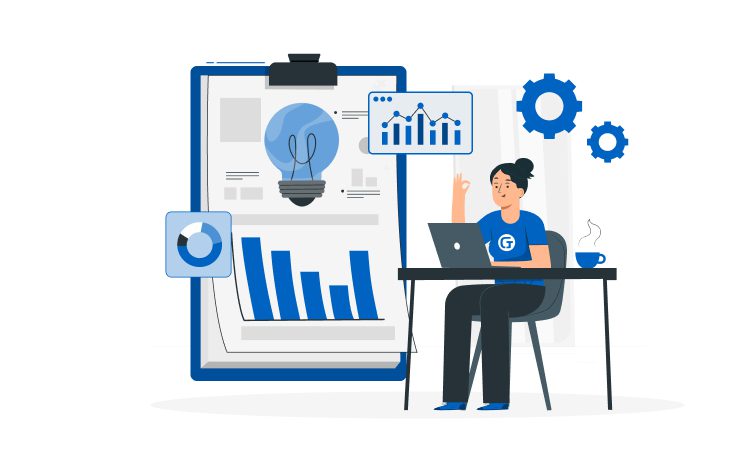


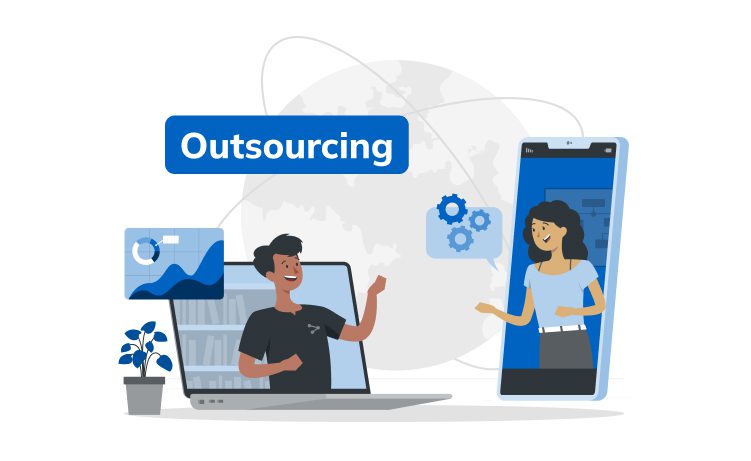
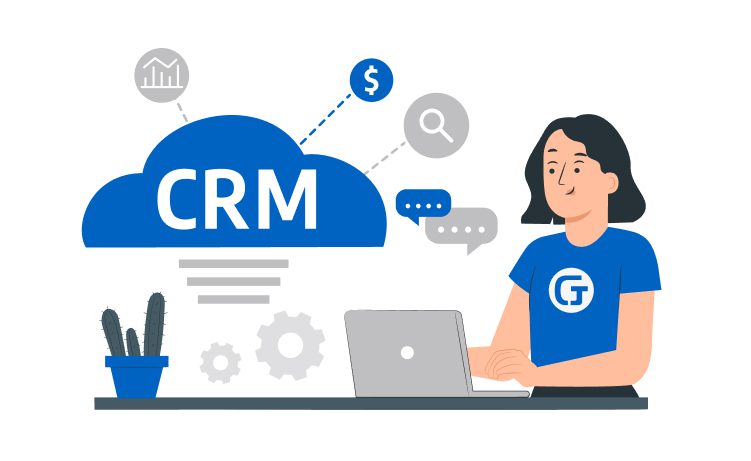


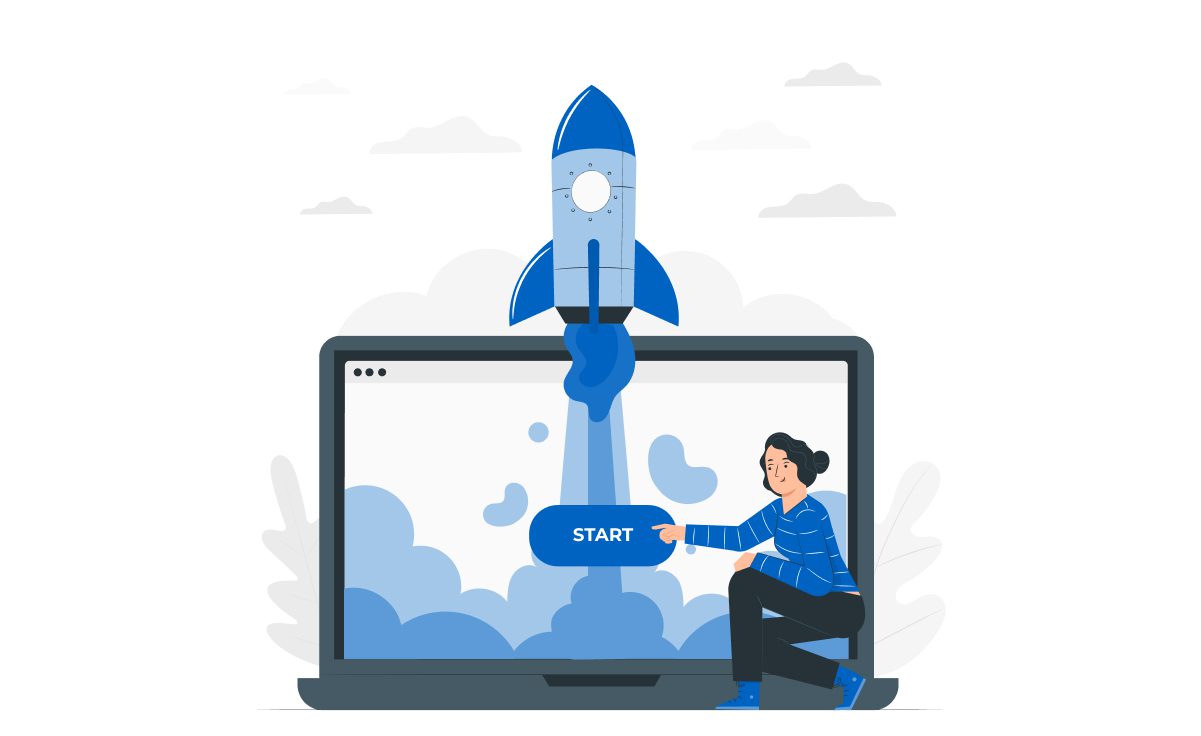
| Cookie | Duration | Description |
|---|---|---|
| cookielawinfo-checkbox-analytics | 11 months | This cookie is set by GDPR Cookie Consent plugin. The cookie is used to store the user consent for the cookies in the category "Analytics". |
| cookielawinfo-checkbox-functional | 11 months | The cookie is set by GDPR cookie consent to record the user consent for the cookies in the category "Functional". |
| cookielawinfo-checkbox-necessary | 11 months | This cookie is set by GDPR Cookie Consent plugin. The cookies is used to store the user consent for the cookies in the category "Necessary". |
| cookielawinfo-checkbox-others | 11 months | This cookie is set by GDPR Cookie Consent plugin. The cookie is used to store the user consent for the cookies in the category "Other. |
| cookielawinfo-checkbox-performance | 11 months | This cookie is set by GDPR Cookie Consent plugin. The cookie is used to store the user consent for the cookies in the category "Performance". |
| viewed_cookie_policy | 11 months | The cookie is set by the GDPR Cookie Consent plugin and is used to store whether or not user has consented to the use of cookies. It does not store any personal data. |